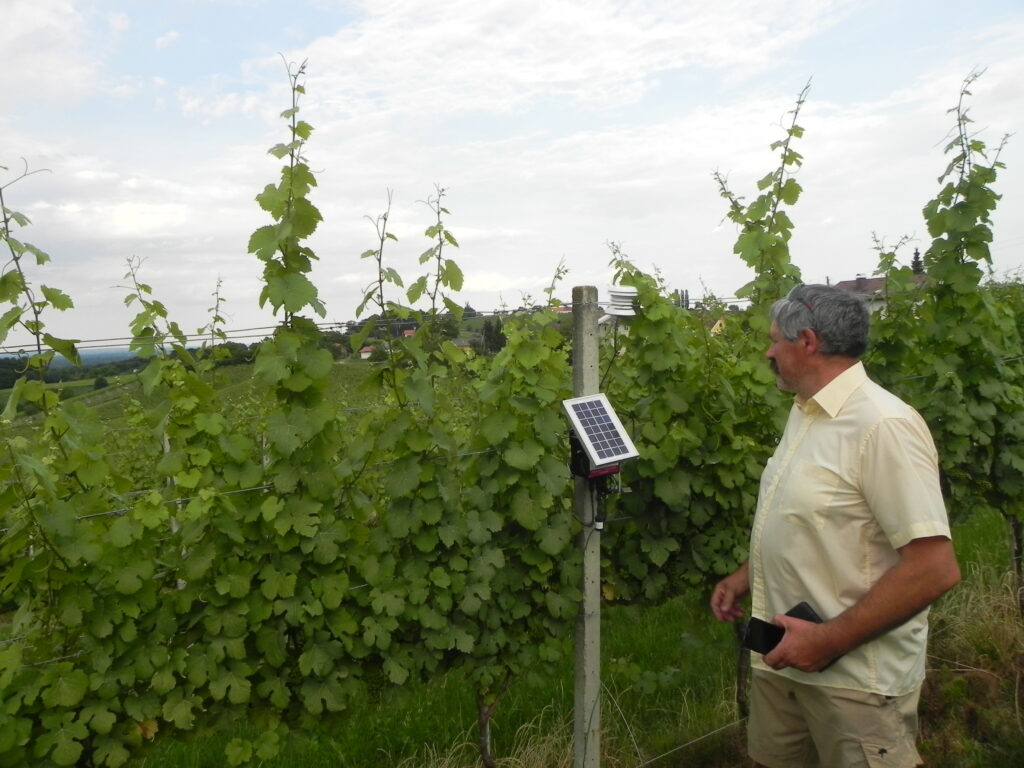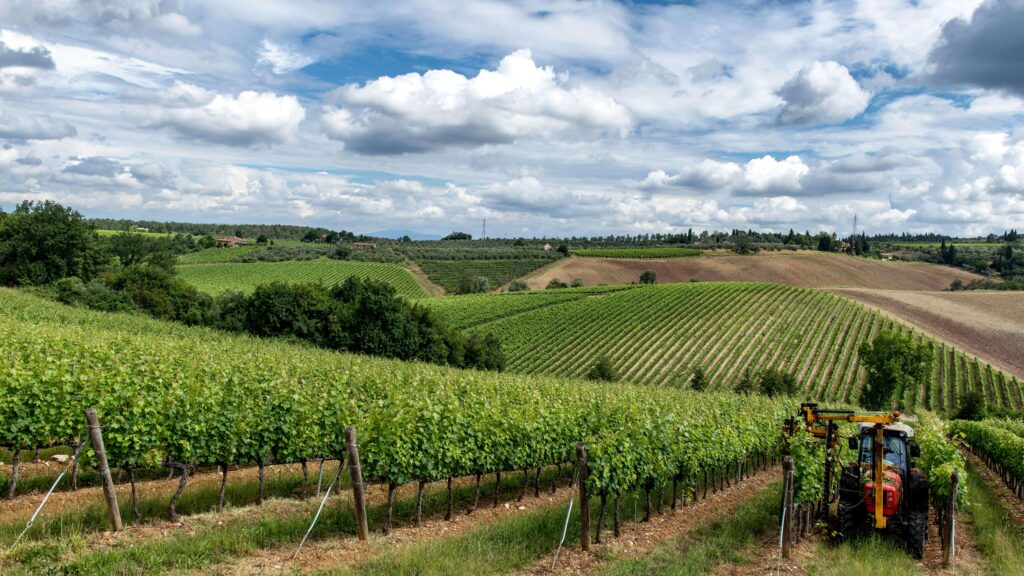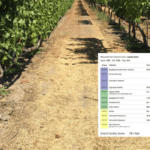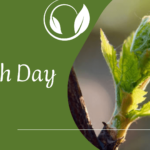In the first part of the article, we wrote about how precision viticulture technologies can help with choosing long-term and short-term cultivation strategies in order to adapt to climate changes, and named some of the precision viticulture technologies that exist on the market. Now let’s have a look at how and which precision viticulture technologies can help with specific vineyard management activities.
Weather monitoring
Grape quality largely depends on the weather during the grape growing season. Due to climate change, the weather is no longer as predictable as it used to be. On some vineyard locations, weather can vary drastically from one year to another. As the weather has a lot of influence on grape quality through vine physiology, it’s needless to say that observing canopy micro-climate is crucial for adjusting canopy management, disease management, as well as adjusting harvest time and water management. Remote sensing devices (satellite- aircraft- or unmanned aerial vehicles- (UAVs) based sensor technologies can collect different information about vineyard and vines without making physical contact), as well as wireless sensors network technology (that transmits data from nodes to the Internet application for processing), enable remote and real-time monitoring of several variables in the vineyards. Collected data can be used to help winegrowers make smarter decisions on the next vineyard management activities. For example, those two technologies help winegrowers monitor environmental parameters, such as temperature, humidity, rainfall, leaf wetness, soil moisture, etc. to respond on time when conditions change rapidly.

Pest management
An important aspect of producing premium quality wines are disease-free grapes and healthy vines, free of pests. If the winegrower has information on vineyard micro-climate, such as temperature, humidity, leaf wetness, etc. he/she can act on time and protect vines from pests. By using a decision support system for disease management – that can process environmental data, together with vineyard characteristics, and growers’ past activities – winegrowers get an alert on possible pest hazards on a particular vineyard area upfront, along with advice on how to handle the situation.
In addition, VRTs (variable-rate technology) have been developed to distribute pesticides at the variable rate – adjust the spraying rate base on canopy size and density, based on prescription maps and geolocation information.
Water management
Another critical element to produce premium quality wines is vine water availability. In vineyards, where irrigation system has been installed, the correct amount of water can be applied where it is needed. As not the whole vineyard has the same water requirements due to the differences in soil type and topography, several different precision viticulture technologies have been developed to help winegrowers apply water based on plant needs. One such technology is a thermal sensor that can be used to remotely measure (with the help of UAVs, aircraft or satellites) leaf temperature and thus measure water status conditions. Based on that data, winegrowers can then apply more appropriate water management.
New technologies have been developed which do not require any winegrower interaction when it comes to water management. Application-based system (decision support system for irrigation management) that is gathering data about crop water status can turn on the irrigation system on a vineyard plot where critical crop water status is reached. And after desired soil water moisture is reached (measured by soil sensors), the irrigation system is turned off. Therefore the whole irrigation cycle is managed by precision data in order to, on the one hand, save water and working hours for managing irrigation systems and on the other to improve grape quality. Learn all about cost-effective precision irrigation solutions for your vineyards here.
Canopy management
While managing canopy is all about balance, you want to have balanced vines to produce the desired quality and quantity of grapes. Like anything else, also canopy varies within one vineyard, which may be due to several reasons. Remote sensing technology can provide images of vegetation indices, such as NDVI. NDVI can be related to the LAI (leaf area index), nutrient deficiencies, water stress status, or health status. For example, a map of NDVI can help winegrowers detect spatial variability of the vineyard, and map out vineyard zones. Those maps can be further processed for the VRT to conduct a variable rate shoot thinning, to achieve a more uniform crop load balance across the entire vineyard.

Harvest management
To produce premium quality wine properly ripe grapes have to be harvested. Not all grapes in the vineyard are ripe at the same time, due to the climate factors, the spatial distribution of the vineyard, and plant variety. For that reason, a spectrophotometer and an optical sensor that uses fluorescence were developed to monitor grape quality parameters. While with integrated GPS, they can provide a map of grape ripeness across the vineyard. Thus winegrowers can base on those quality monitoring devices, conduct a selective harvest.
Soil management
Having healthy soil in the vineyard is another crucial element in producing premium quality wines. As soil characteristics vary within the vineyard, spatial management of soil is necessary. Soil electrical conductivity (EC) sensors or Gamma-Ray Spectrometry with GPS can provide good data on soil characteristics. With this data, the application-based system can provide a visual map of soil types, soil salinity, and soil properties, such as texture and depth, water retention capacity, and organic matter content. Those apps enable winegrowers to understand vine physiological response variability and thus manage soils according to it. And in addition, with VRTs – modern agriculture machines that can control the movement within the vineyard and manage the agronomic operations – distribute fertilizers at a variable rate based on the vineyard mapping.
Weed management
Managing weed in the vineyard is crucial for quality grape production as weeds, in the dryest time of the year, compete with the vines for water and nutrition, and are often a source (host) of different pests and diseases that can jeopardize vines. In traditional winegrowing, weeds are managed either by the use of herbicides or destroyed mechanically. With new robotic technologies, weeds in the vineyards can be managed by ag robots independently, based on vineyard GPS coordinates or controlled by computer od smartphone applications. Ag robots won’t improve traditional weed management in the vineyard to a higher extend, but they can help you save a lot of working hours to do the job.
Conclusion
Premium quality wines are made in the vineyard; that’s why grape growers are constantly searching for new ways to improve grape quality. In recent years information technologies have proven it’s worth. Technology is only as good as the winegrowers know what they want to achieve with the technology. We have described some precision viticulture technologies that can help winegrowers with vineyard management. Many more exist on the market and can help winegrowers improve grape quality (and minimize the grape quality variation within the vineyard), minimize production costs and the environmental impact, and maximize the profit. In a constantly changing climate, precision viticulture technology is really a key to producing premium quality wines.
Source:
- Brian Freedman; How Technology Is Minimizing The Differences Between Good And Bad Wine Vintages. In Forbes (online).
- Matese A, Di Gennaro SF. Technology in precision viticulture: a state of the art review. International Journal of Wine Research. 2015;7:69-81
- Ozdemir, Gultekin & Sessiz, Abdullah & Pekitkan, Fatih. (2017). Precision viticulture tools to production of high quality grapes. Horticulture. Vol. LXI, 2017

![Precision viticulture technology a key to producing premium quality wines in changing climate [part 2]](https://www.evineyardapp.com/blog/wp-content/uploads/2020/06/Precision-viticulture-technology-a-key-to-producing-premium-quality-wines-in-changing-climate-part-2.png)


